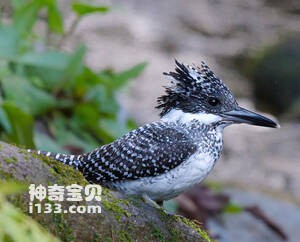
Megaceryle lugubris
Megaceryle lugubris,Crested Kingfisher
Crested Kingfisher (Megaceryle lugubris, Crested Kingfisher) has three subsp···
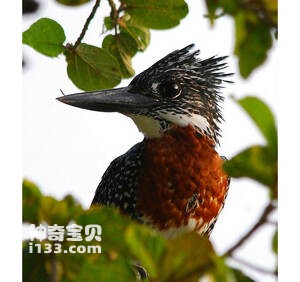
Megaceryle maxima
Megaceryle maxima,Giant Kingfisher
Megaceryle maxima, the foreign name Giant Kingfisher, has two subspecies, on···
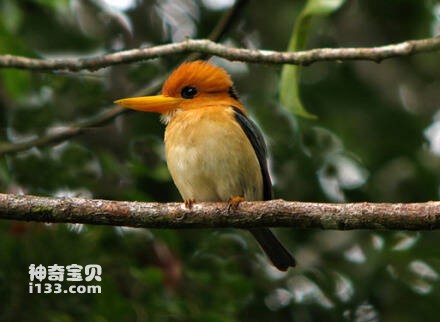
Syma megarhyncha
Syma megarhyncha,Mountain Kingfisher
Syma megarhyncha, Mountain Kingfisher, has three subspecies (1.Syma megarhyn···
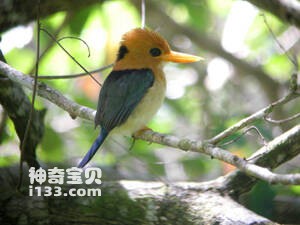
Syma torotoro
Syma torotoro,Yellow-billed Kingfisher
Syma torotoro, Yellow-billed Kingfisher, has three subspecies (1.Syma toroto···

Todirhamphus pyrrhopygia
Todirhamphus pyrrhopygia,Red-backed Kingfisher
The Red-backed emerald, Todirhamphus pyrrhopygia, or red-backed Kingfisher, ···
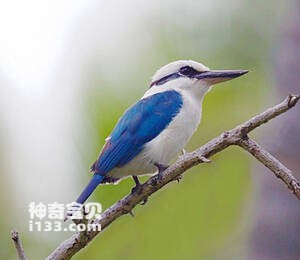
Todirhamphus godeffroyi
Todirhamphus godeffroyi,Halcyon godeffroyi,Marquenan Kingfisher
The scientific names of the Mak Island emerald are Todirhamphus godeffroyi, ···
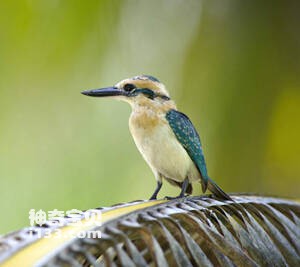
Todirhamphus gertrudae
Todirhamphus gertrudae,Tuamotu Kingfisher,Niau kingfisher
Its scientific name is Todirhamphus gertrudae, its foreign name is Tuamotu K···
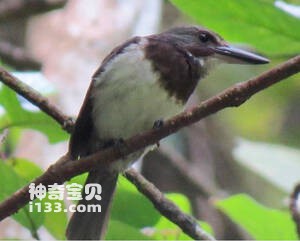
Todirhamphus veneratus
Todirhamphus veneratus,Society kingfisher,ahiti kingfisher
Todirhamphus veneratus, Society kingfisher, ahiti kingfisher, with two subsp···
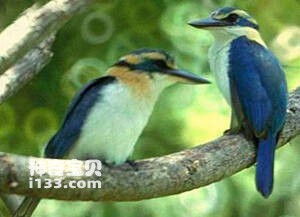
Todirhamphus ruficollari
Todirhamphus ruficollari,Halcyon ruficollaris,Mewing kingfisher
Cook Islands emerald scientific name Todirhamphus ruficollari, Halcyon rufic···
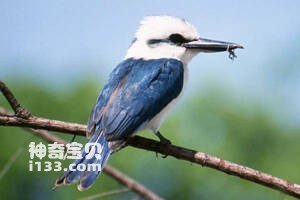
Todirhamphus tuta
Todirhamphus tuta,Chattering kingfisher
The Bora emerald is known as Todirhamphus tuta, Chattering kingfisher, and h···
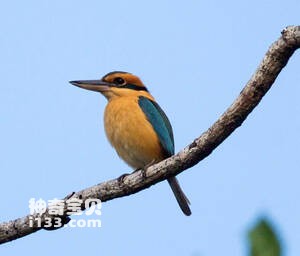
Todirhamphus australasia
Todirhamphus australasia,Halcyon australasia,australasia,Timor Kingfisher
Todirhamphus australasia, Halcyon australasia, australasia, Timor Kingfisher···
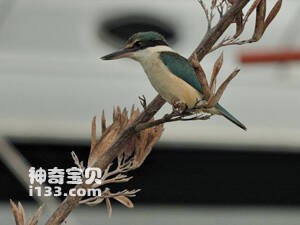
Todirhamphus recurvirostris
Todirhamphus recurvirostris,Flat-billed Kingfisher
Todirhamphus recurvirostris, Flat-billed Kingfisher, has 5 subspecies (1.Tod···
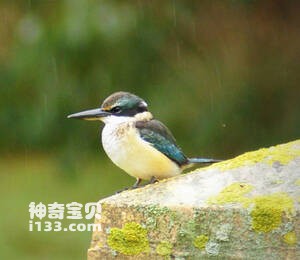
Todirhamphus sanctus
Todirhamphus sanctus,Sacred Kingfisher,Halcyon sancta
Todirhamphus sanctus, Sacred Kingfisher, Halcyon sancta, There are five subs···
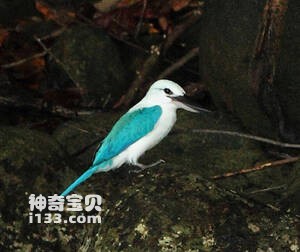
Todirhamphus saurophaga
Todirhamphus saurophaga,White-headed Kingfisher
Todirhamphus saurophaga, White-headed Kingfisher, Todirhamphus saurophaga sa···
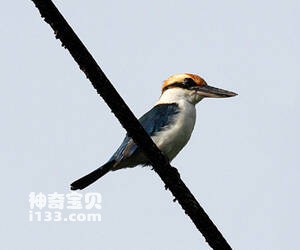
Todiramphus reichenbachii
Todiramphus reichenbachii,Pohnpei kingfisher
Pohnpei jade scientific name Todiramphus reichenbachii, foreign name Pohnpei···
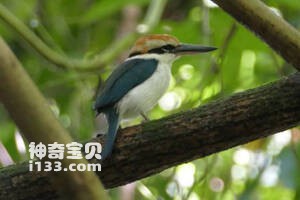
Todiramphus pelewensis
Todiramphus pelewensis,Palau kingfisher,Rusty-capped kingfisher
Palau jade scientific name Todiramphus pelewensis, foreign names Palau kingf···
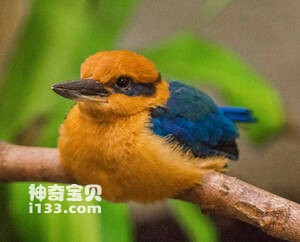
Todirhamphus cinnamominus
Todirhamphus cinnamominus,Guam kingfisher
The scientific name Todirhamphus cinnamominus, Guam kingfisher, there are 3 ···
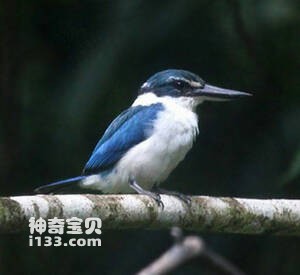
Todirhamphus enigma
Todirhamphus enigma,Halcyon enigma,Obscure Kingfisher,Talaud Kingfisher
The dark emerald scientific name Todirhamphus enigma, Halcyon enigma, foreig···
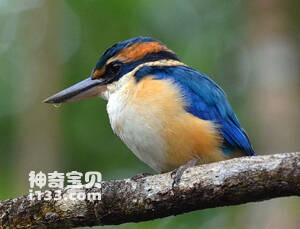
Todiramphus sacer
Todiramphus sacer,Pacific Kingfisher
The South Pacific emerald is known as Todiramphus sacer and Pacific Kingfish···
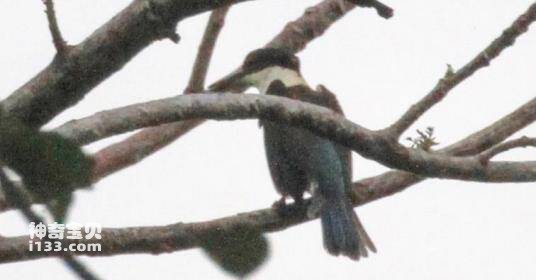
Todiramphus colonus
Todiramphus colonus,Islet Kingfisher
It is known as Todiramphus colonus and Islet Kingfisher, but its habitat is ···
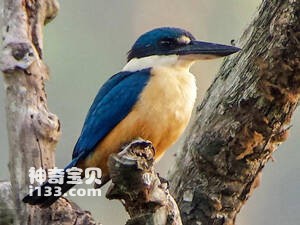
Todiramphus tristrami
Todiramphus tristrami,Melanesian Kingfisher
Melanesian jade is known as Todiramphus tristrami and Melanesian Kingfisher.···
